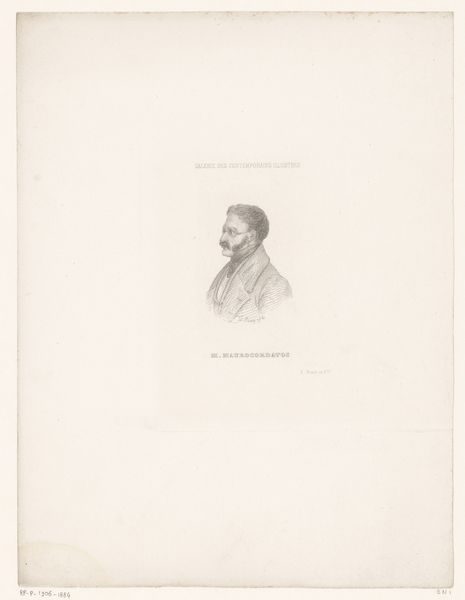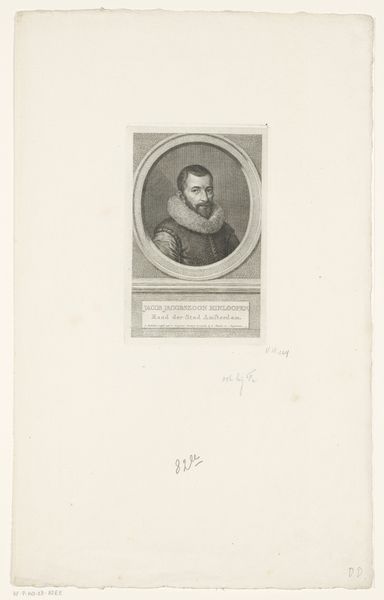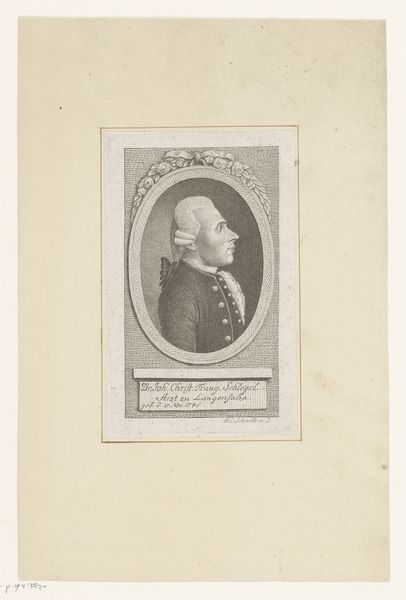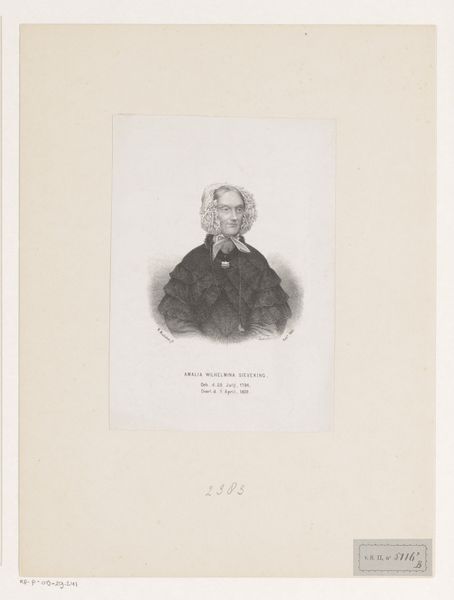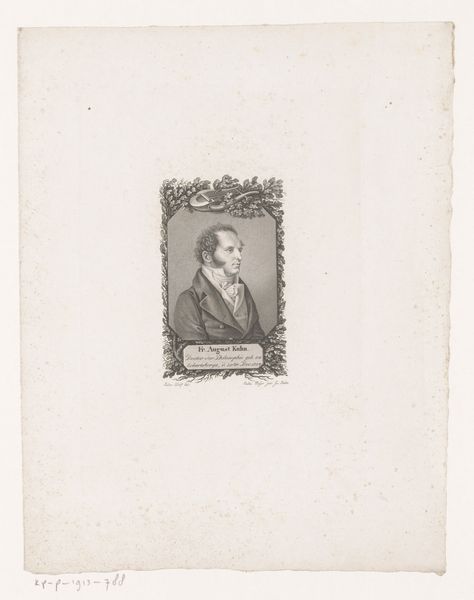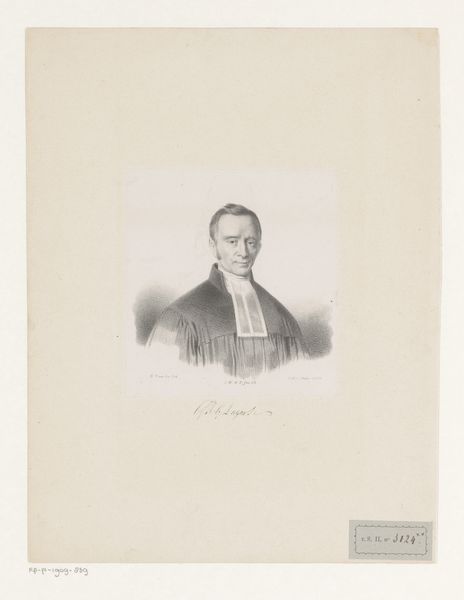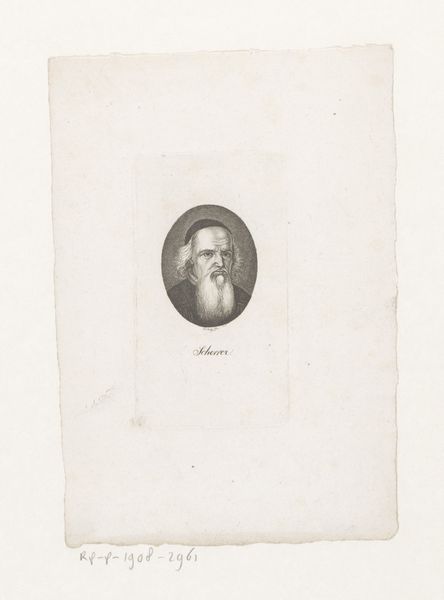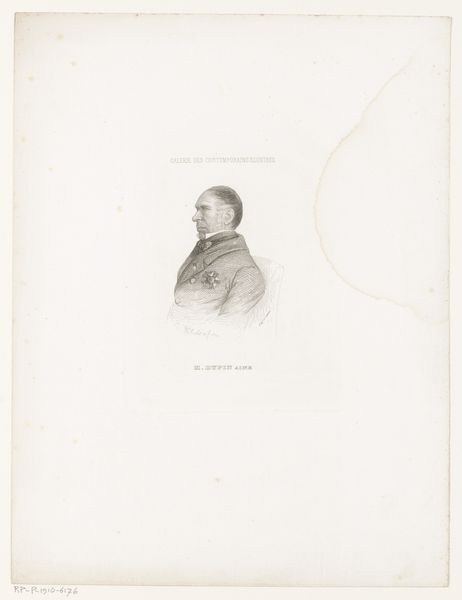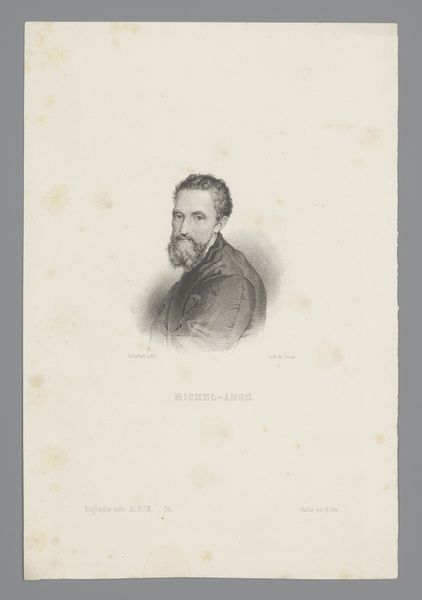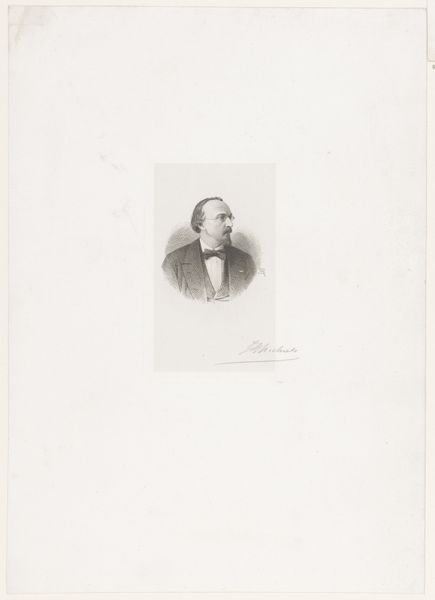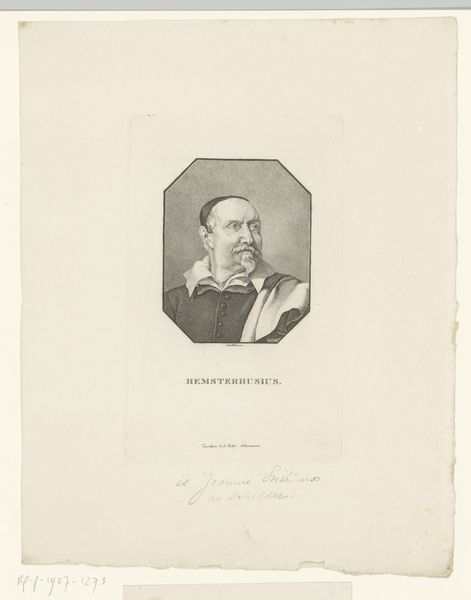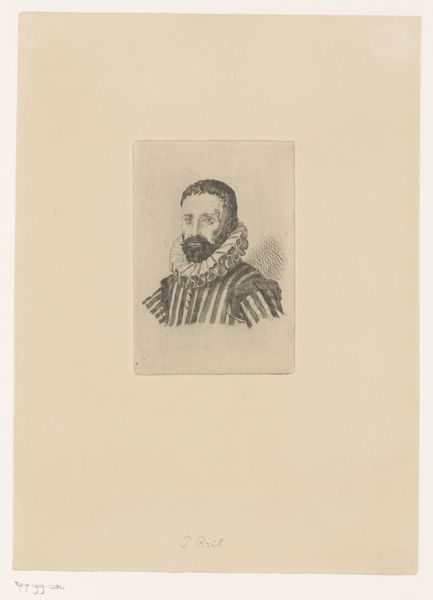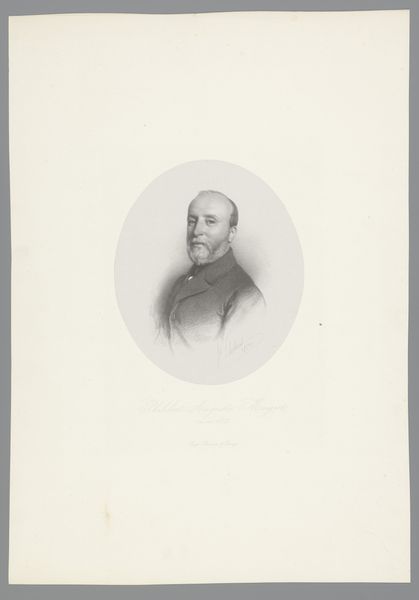
print, engraving
#
portrait
#
neoclacissism
# print
#
old engraving style
#
white palette
#
engraving
#
realism
Dimensions: height 225 mm, width 150 mm
Copyright: Rijks Museum: Open Domain
Editor: This is Ambroise Tardieu's "Portret van Caspar Bauhin," an engraving from the 1820s. There's something quite austere about it; his expression is stern. What strikes you most about this portrait? Curator: I see a carefully constructed image deeply embedded in its historical context. Look at the visual language – the starkness of the engraving, the formal pose. It’s Neo-classical, echoing Enlightenment ideals of reason and order. Consider Bauhin himself, a botanist, anatomist, and physician. In what ways might this portrait be a carefully managed projection of power and authority, and what sociopolitical functions does this portrait perform? Editor: I hadn’t thought of it that way – projecting authority. I was focused on the… lack of warmth, I suppose? Curator: Exactly! Whose stories are traditionally told, and through whose lens? Bauhin, as a white male academic, occupies a position of privilege, and portraiture like this reinforces those power structures. Who might be absent from these narratives? What voices and perspectives are actively excluded, silenced, or marginalized by this image? How do the style and Neoclassical elements support this framework? Editor: So, it's not just a likeness, but an assertion of dominance in a way? A pretty powerful claim for such a seemingly straightforward image. Curator: Precisely. These images have a specific social function. Considering this portrait, in what ways does it reinforce or challenge existing social hierarchies, and what impact might it have on the perception and representation of different social groups? Considering all that, how does your interpretation change? Editor: It shifts everything. Seeing it as part of a power structure, rather than just an individual portrait, opens up a whole new avenue of understanding. Curator: And that is precisely why we have to analyze art beyond aesthetics to uncover what art contributes to societal dynamics and power relationships.
Comments
No comments
Be the first to comment and join the conversation on the ultimate creative platform.
